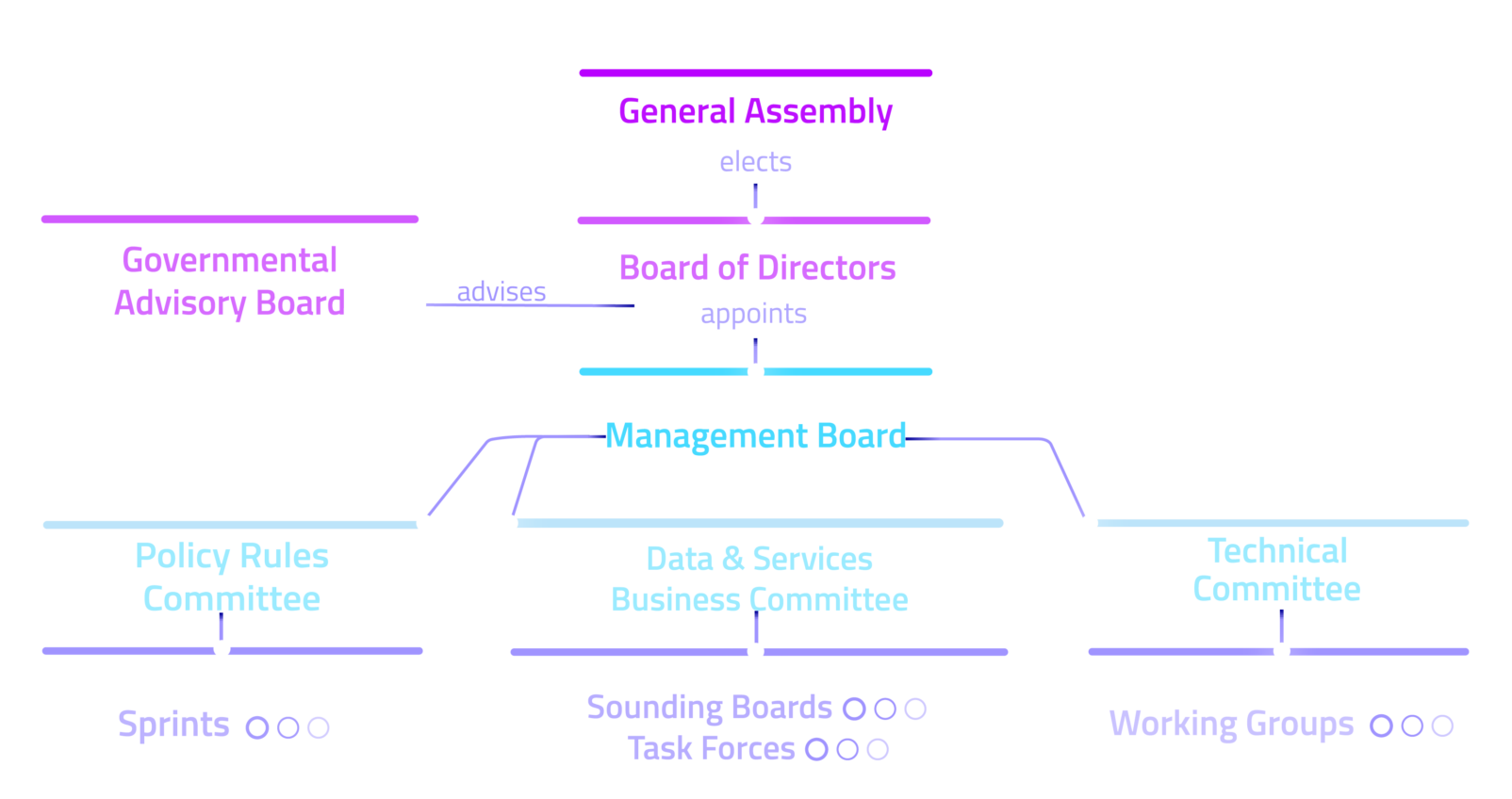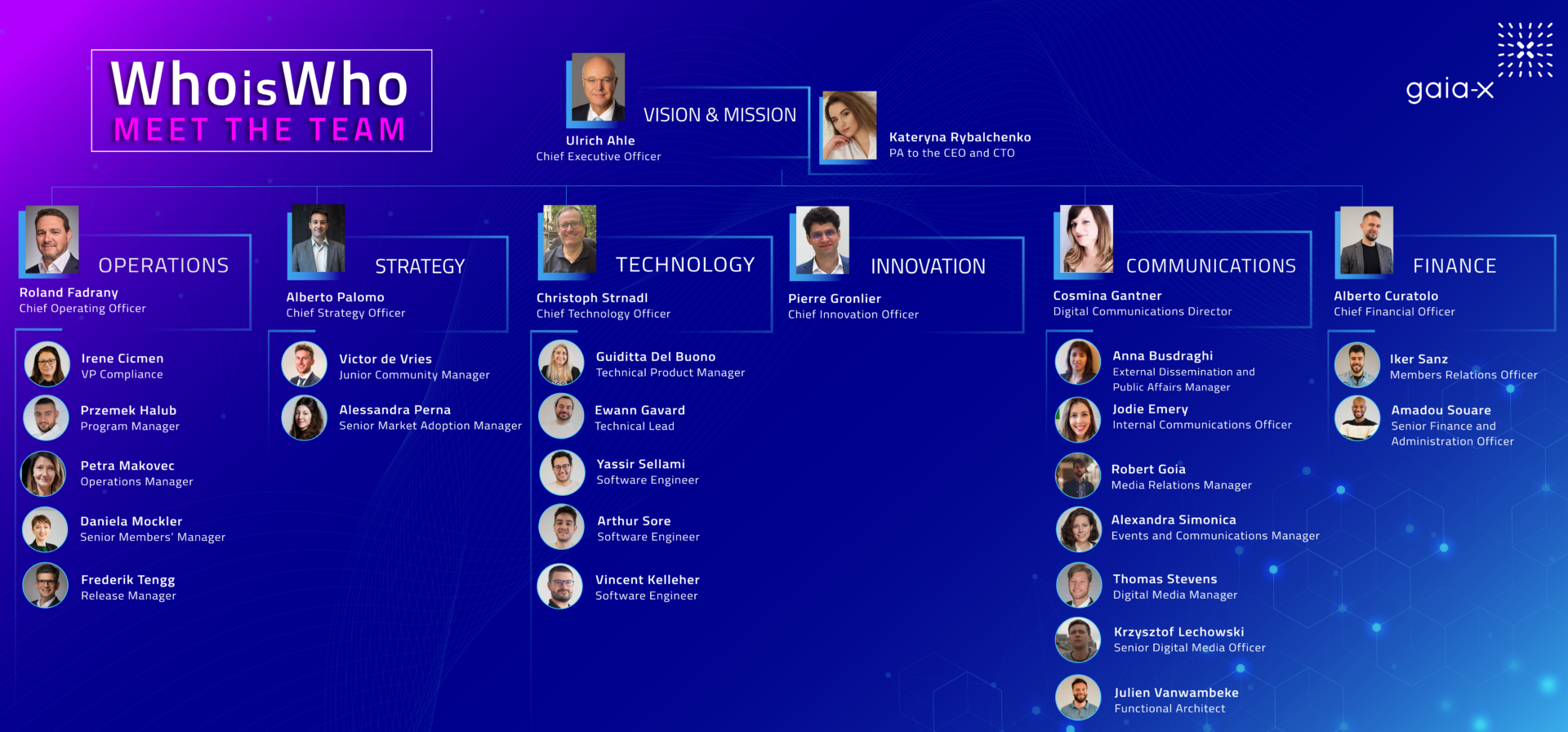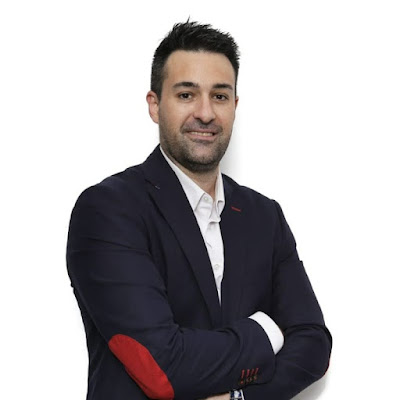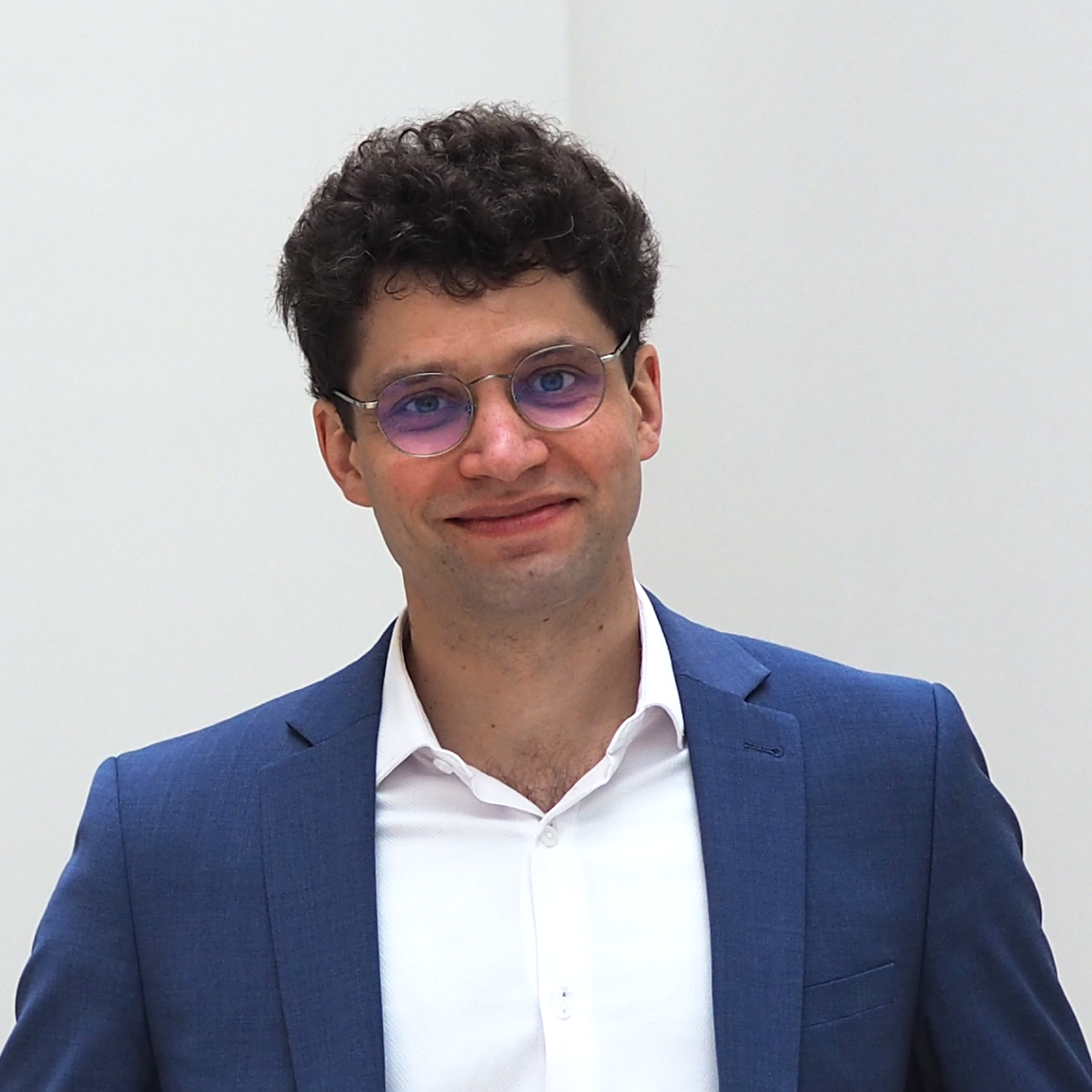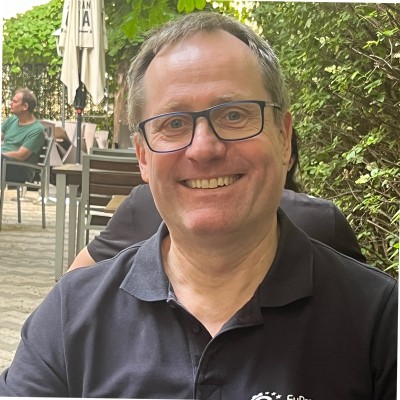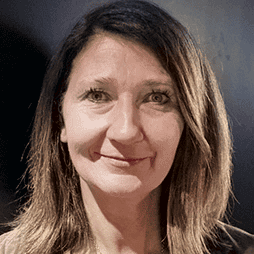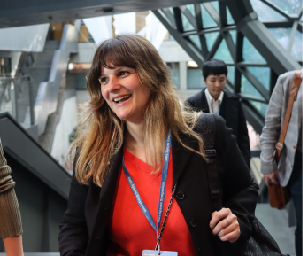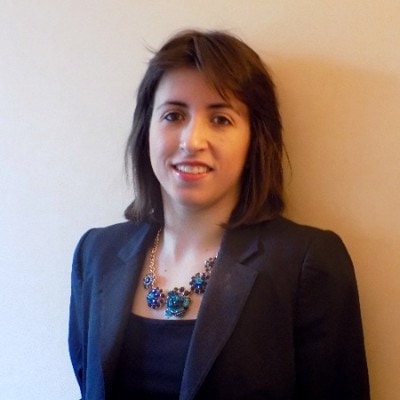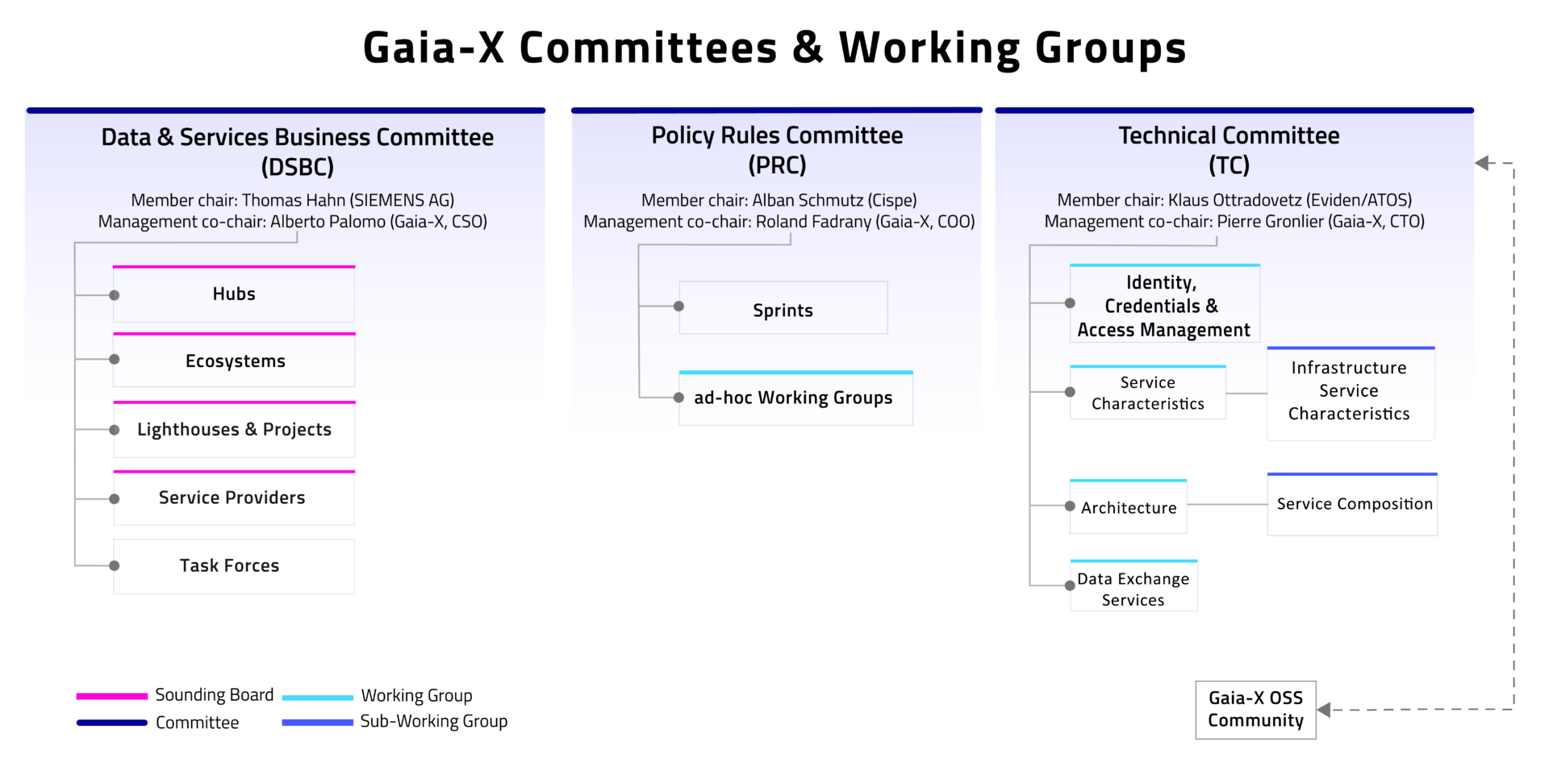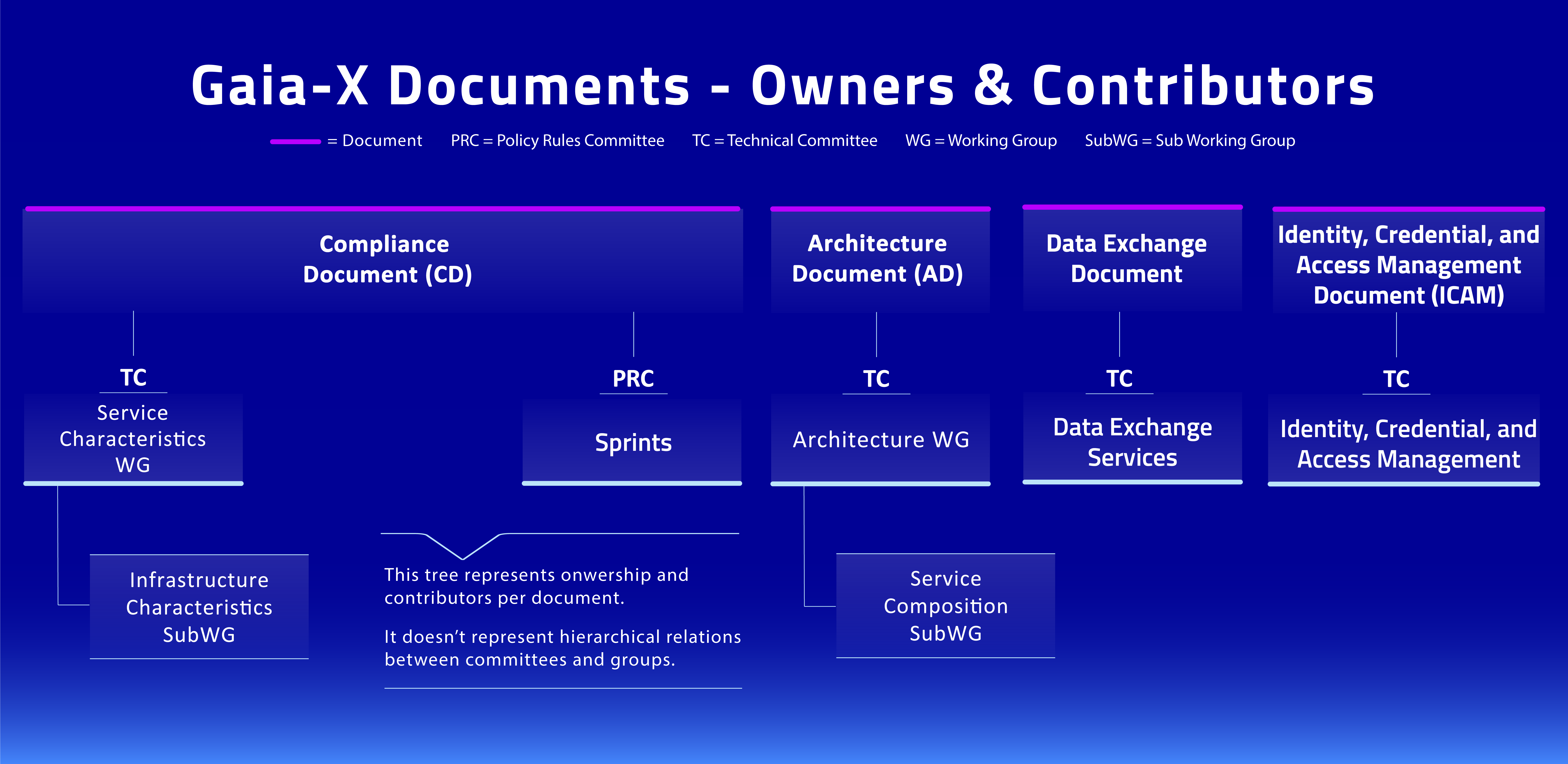The Gaia-X European Association for Data and Cloud AISBL represents the core of the organisational structure. It is an international non-profit association under Belgian law (French: association internationale sans but lucratif, shortened to AISBL). It was founded to develop the technical framework and operate the Gaia-X Federation services.
Officially, the Association was founded by 22 companies and organisations in January 2021. Until today, over 300 members have joined and more are welcome. Its members are committed to upholding the values of data protection, transparency, openness, security, and respect for data rights. They are either companies with a provider or user background of data infrastructures, IT-start-ups, research institutions or business associations.

